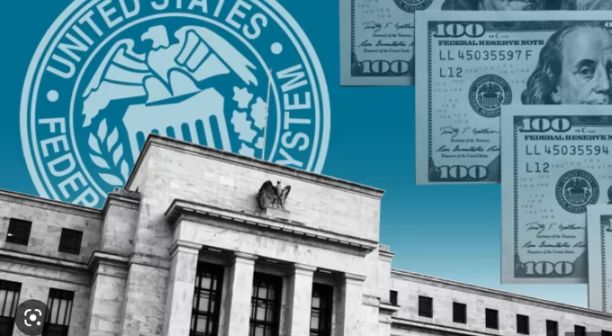- Bank of England plans to remove stablecoin limits once financial stability risks are under control.
- Proposed caps aim to prevent large deposit shifts and protect credit access for UK businesses and households.
- Consultation will shape final stablecoin rules as regulators balance innovation with financial system safety.
The Bank of England plans to remove proposed limits on stablecoin holdings once the digital assets no longer threaten financial stability. Deputy Governor Sarah Breeden confirmed that restrictions will remain in place only during the transition period. The limits aim to prevent rapid movements of deposits from traditional banks into stablecoins. Such outflows could reduce available credit for businesses and households, disrupting the wider economy.
The Bank first introduced the idea of caps in a 2023 discussion paper. It proposed temporary restrictions on both individual and business holdings of systemically important stablecoins. These limits would serve as a safeguard until the financial system adapts to digital assets.
Proposed Limits and Exemptions
The central bank is considering caps of £20,000 for individuals and £10 million for businesses. It also plans exceptions for large corporations such as supermarkets, which may need higher limits to manage payments. Officials are exploring an exemption for firms participating in the country’s digital sandbox, which tests blockchain-based financial innovations.
The Bank’s main concern remains the potential for sudden outflows from banks into stablecoins. Such shifts could create a sharp decline in credit availability. Breeden emphasized the need for a gradual adjustment to protect lending capacity.
Consultation and Industry Feedback
A public consultation will open before the end of the year. The Bank will seek input on limit levels, implementation plans, and potential adjustments. Earlier proposals were criticized by industry groups, which argued that stringent limits would deter innovation and diminish the competitiveness of the UK in the digital asset market. Regulators have shifted their focus towards having a balance between innovation and financial stability.
Though this has been criticized, officials believe the gradual approach will enable the system to evolve safely. The transition period will enable regulators to observe adoption trends and assess their effects on the financial structure. Once stablecoins no longer pose systemic risks, the temporary limits will be lifted.
Evolving Policy and Future Outlook
The Bank’s position marks a more flexible stance compared to earlier skepticism about stablecoins. Governor Andrew Bailey, once cautious about their impact on trust in money, now recognizes their role in payment innovation. Breeden also highlighted that wholesale settlements and asset transactions will remain under central bank oversight to prevent unnecessary financial linkages.
The upcoming consultation will finalize the regulatory framework for sterling-backed stablecoins used in systemic payment systems. Authorities expect to complete the process next year, aligning with the timeline of similar initiatives in the United States.




